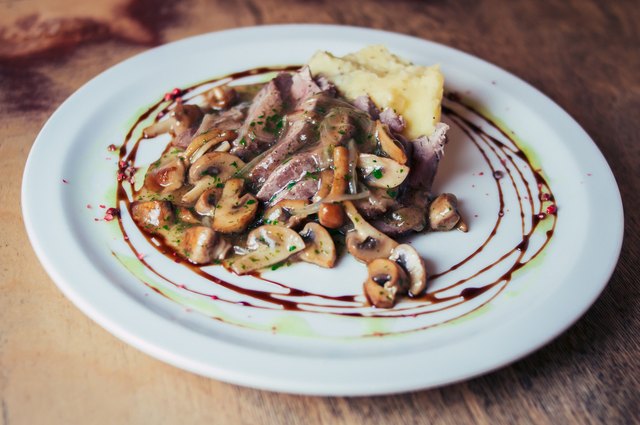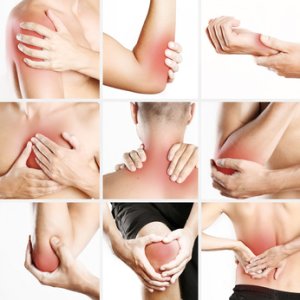By Kelsey Lorencz, RDN, RD Updated November 23, 2021
Riboflavin, aka vitamin B2, is a water-soluble nutrient that helps with energy production as well as the development, growth and function of cells and the metabolism of fat and medications, per the National Institutes of Health (NIH).
Riboflavin is made up of two different parts: ribose and flavin. Ribose, also known as d-ribose, is a simple sugar naturally found in the mitochondria of cells, per a May 2018 report in Advances in Bioscience and Clinical Medicine. Meanwhile, the flavin part refers to pigments found in plant and animal tissue, per Britannica.
Potential d-ribose benefits include improved athletic performance, decreased muscle soreness and improved heart function in people with congestive heart failure, per the May 2018 report. Plus, some research has found that riboflavin supplements can help prevent migraine headaches in some people, but more research is needed, per the NIH.
Needless to say, getting enough riboflavin is essential for life! Lucky for us, this vitamin is found in a variety of foods and added to several food products and supplements.
Here are 10 foods highest in ribose and riboflavin. Note that the FDA's Daily Value (DV) percentages below are based on eating 1.3 milligrams per day.
1. Lamb Liver: 3.9 mg, 300% Daily Value (DV)
Lamb's liver is the best source of riboflavin, with 300 percent of your DV in just 3 ounces cooked. It's also incredibly high in vitamin A — a nutrient that's vital for healthy skin and vision — with 735 percent of your DV per serving.
2. Beef: 0.8 mg, 56% DV
Beef is a great source of protein, iron and B vitamins. A 3-ounce serving of skirt steak has 56 percent of your DV for vitamin B2. Choose lean cuts of red meat like sirloin steak and tenderloin to cut down on saturated fat and calories.
Beef is also an excellent source of selenium, which works together with iodine for a healthy thyroid, according to the Harvard T.H Chan School of Public Health. Both nutrients are needed in the right amount — as too much of one can create a deficiency in the other.
3. Milk: 0.9 mg, 69% DV
Milk does the body good in more ways than one: It can help improve bone growth and strength in children while preventing the onset of osteoporosis, per the USDA. The benefits come from protein, calcium, vitamin D and many B vitamins, including vitamin B2.
A 16-ounce glass of 2 percent milk has 69 percent of your DV for riboflavin. If you choose to avoid dairy milk, the USDA includes fortified soy milk in the dairy group as their nutrient profiles, including riboflavin, are similar.
4. Salmon: 0.8 mg, 64% DV
This heart-healthy fatty fish is known as a great source of omega-3 fatty acids but it's also an excellent source of several B vitamins. A 6-ounce fillet of cooked salmon provides 64 percent of your DV for vitamin B2.
While the health benefits of salmon are undeniable, there is some concern about the toxins and pollutants like polychlorinated biphenyls (PCBs) found in farmed fish. One way to reduce your exposure to PCBs is to broil, bake or grill salmon so that the fat (where the PCBs are stored) can run out and off the fish, per the Environmental Working Group.











